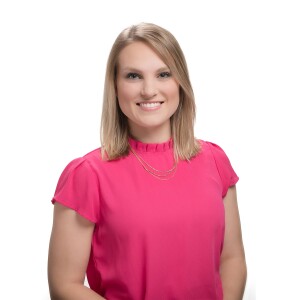BALTIMORE (WMAR) — It’s a summer of uncertainty... about how COVID-19 will continue to spread, about how it will impact people, businesses and the upcoming school year.
"We all hope we can have students fully back in the classroom as soon as it's safe and possible to do so but we are preparing for all eventualities for the upcoming year," said State Superintendent of Maryland Schools, Dr. Karen Salmon.
In stage two, school systems are allowed to bring back small groups of students so the state and local superintendents are working on plans for all the options.
"We know there may be parents who may not want to send their child back to school in the fall so we have to have options for online learning and a hybrid system of returning education," said Salmon.
Salmon joined the superintendents for Howard County and Baltimore City for a Senate Education, Health, and Environmental affairs committee virtual briefing on upcoming plans today.
Salmon said the recovery plan stakeholder group, which is made up of representatives from across the state, will be doing scenario planning for 3 different options for returning back to school in the fall.
"The virus nationwide has disproportionately impacted the African American community and other communities of color and so we are hearing from our local families that they actually want a virtual and they want a very detailed hybrid option that takes into account the particular vulnerability of a large number of our students," said Baltimore City Schools CEO Sonja Brookins Santelises.
A popular model is the hybrid, with an all-virtual option with options for alternating in person school days with some looking at prioritizing students who need more in-person assistance.
"This will likely be our students with disabilities, our English language learners and students who have had little or no internet access during this past spring," said Salmon.
They also want to fix that issue and make sure all students can access a virtual model if needed. That includes closing the digital divide.
"I worry that until we are one-to-one for all students, we will continue to experience inequities in accessing virtual delivering models," said Howard County Superintendent Michael Martirano.
Salmon said a state survey showed school systems still need a total of 342,000 devices. They are using what they learned from the spring to make choices about where to use additional funding from the CARES Act and plan to invest in professional development for online learning and expanding access to broadband, technology and tutoring.






